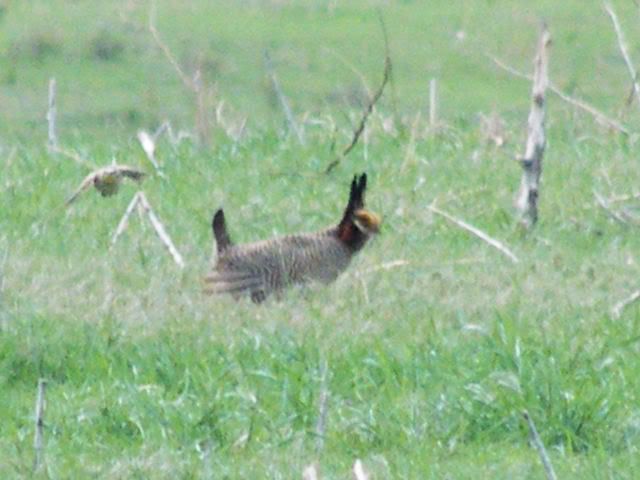Article in the Kansas City Star today, detailing that an energy transmission line proposed for the Dodge City area is being rerouted, due to concerns over disruption of a population of Lesser Prairie Chickens. Cost is horrendous, some 576 million estimated. The change is supported by the KDWP, and Westar, the primary partner. It is apposed by an Oklahoma energy company which decries the expense as ridiculous, claiming it's absurd to spend 1 million per chicken to save them. They claim that because KDWP will sell a hunting lisence to hunt Lessers, for 20.50,( their numbers not mine), that we should just say to hell with them. Bear in mind the energy provided by this wind farm-transmission line will benefit mostly out of state, ( really out of region, Texas), to be sure some energy will be used in Kansas, but most will be exported, with Kansas paying the price with quality of life, in my opinion. I will try to attach a link, because you really need to read the comments. If you think we have a chance to save what's left of upland gamebird hunting the comments by the uncaring public most of which is all for plowing the lesser chicken under, to save a couple of nickles on the power bill, will sober you up quick. You can guess which comments are mine. http://www.kansascity.com/2011/05/15/2877538 powerline-shift-to-protect-prairie-chickens. maybe a moderator will help with the link, this is to important to miss.
Last edited:



